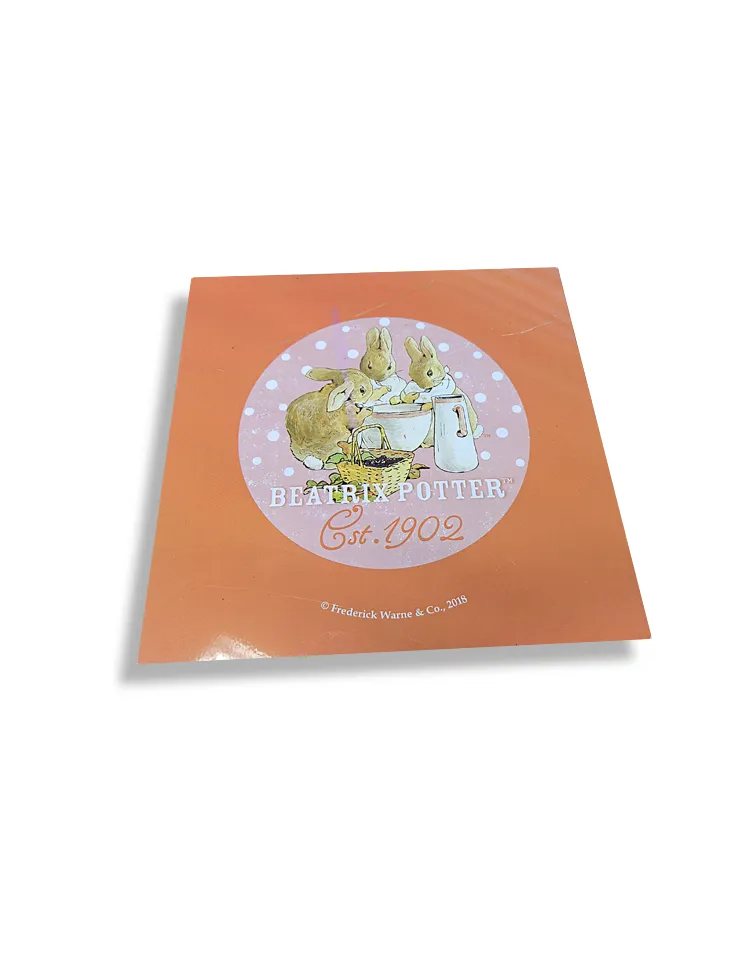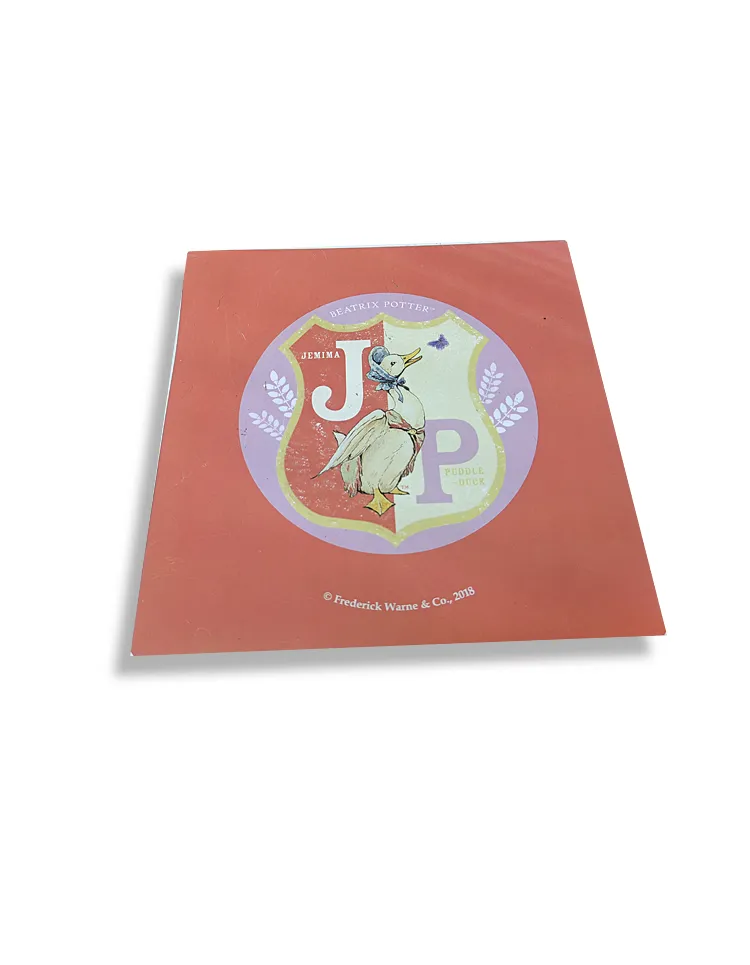In modern society, tinplate products are widely used in many fields such as food, beverage, chemical industry and daily necessities due to their superior anti-corrosion performance, good mechanical strength and beautiful appearance. However, the correct storage of tinplate products is the key link to ensure their quality and service life. This article will discuss in detail how to properly store tinplate products to ensure that they are not damaged during transportation and storage and give full play to their excellent characteristics.
Characteristics of tinplate products
Tinplate is a thin steel plate that has been tinned and covered with a thin layer of tin. This layer of tin can effectively prevent the steel plate from rusting and give tinplate good anti-corrosion properties. However, although tinplate itself has strong corrosion resistance, the tin layer may still be damaged under improper storage conditions, thus affecting the protective function of tinplate. Therefore, it is particularly important to store tinplate products correctly.
Basic principles for storing tinplate products
1. Keep dry: Moisture is the main enemy of tinplate products. The storage environment must be dry to avoid humid air from contacting tinplate products. Moisture will cause an electrochemical reaction between the tin layer and the steel substrate, eventually leading to rust. Therefore, the warehouse should be well ventilated to avoid excessive humidity.
2. Avoid sudden temperature changes: tin plate is sensitive to temperature changes. Sudden temperature changes will cause condensation on the surface of tin plate, which will accelerate the corrosion process. Therefore, the ambient temperature of tin plate products should be kept stable and avoid drastic changes.
3. Stay away from chemicals: Some chemicals (such as acids, alkalis and salts) have a strong corrosive effect on tin plate products. When storing tin plate products, contact with these chemicals should be avoided, especially in chemical plants or warehouses. Storage areas must be strictly distinguished to prevent the volatilization or leakage of chemicals from causing damage to tin plate products.
4. Proper packaging: During transportation and storage, proper packaging can effectively protect tin plate products. Usually, tin plate products are packaged with plastic film, moisture-proof paper or other protective materials to isolate them from the outside environment. The packaging should be well sealed to prevent moisture and dust from entering.

Specific storage methods for tin plate products
Warehouse storage:
Good ventilation: Make sure the warehouse has a good ventilation system to keep the air flowing and prevent moisture accumulation. Dehumidifiers or air conditioning equipment can be used to control the humidity in the warehouse and keep the relative humidity below 50%.
Moisture-proofing of the floor: The floor of the warehouse should be treated with moisture-proof treatment, such as laying moisture-proof mats or using raised floors to prevent the ground moisture from rising and affecting the tin plate products.
Partitioned storage: Different types of tin plate products should be stored in categories to avoid stacking too high to prevent deformation or damage to the tin layer due to heavy pressure.
Transportation and storage:
Waterproof packaging: During transportation, tin plate products should be packaged in waterproof packaging to avoid damage caused by rain or humid environment during transportation. Use waterproof cloth, plastic film and other materials to wrap to ensure that the packaging is sealed.
Shockproof protection: To prevent deformation or surface damage caused by bumps or impacts during transportation, shockproof materials such as foam boards or bubble pads should be added to the packaging.
Temperature control: In long-distance transportation, especially in summer or cold seasons, attention should be paid to the temperature control in the carriage to avoid condensation of tin plate products due to sudden temperature changes.
Unpacking and storage:
Quick inspection: After receiving the tin plate products, they should be unpacked and inspected as soon as possible to confirm whether the packaging is intact and whether the products have signs of moisture or damage. If any problems are found, they should be handled in time or contact the supplier.
Immediate handling: If the tin plate products are not used immediately after unpacking, they should be repackaged and stored in accordance with the warehouse storage requirements to prevent long-term exposure to the air and corrosion.

Consideration of special storage conditions
Some tin plate products may require special storage conditions due to their special uses or coating processes. For example, tin plate products with special paints or printed patterns have higher requirements for light and temperature. Such products should be stored in a cool and dry environment away from direct sunlight to prevent the coating from fading or deteriorating.
Conclusion
Proper storage of tin plate products is an important part of ensuring their quality and extending their service life. By keeping them dry, avoiding sudden temperature changes, staying away from chemicals and using appropriate packaging, tin plate products can be effectively prevented from being damaged during storage and transportation.
Enterprises should establish a complete storage management system, regularly check the storage environment and product status, and take timely measures to deal with potential problems. Only in this way can the excellent characteristics of tin plate products be fully utilized and their application effects in various fields be ensured.

